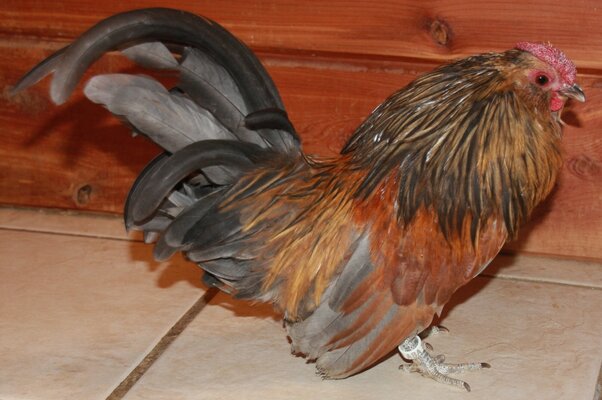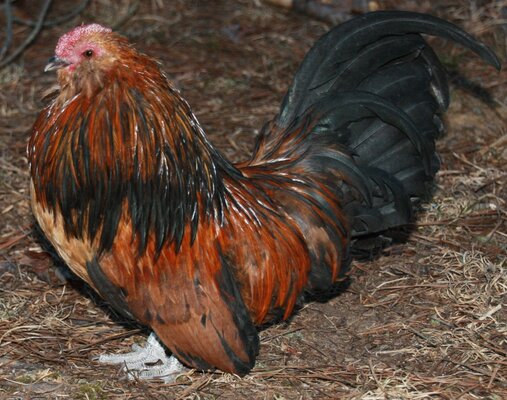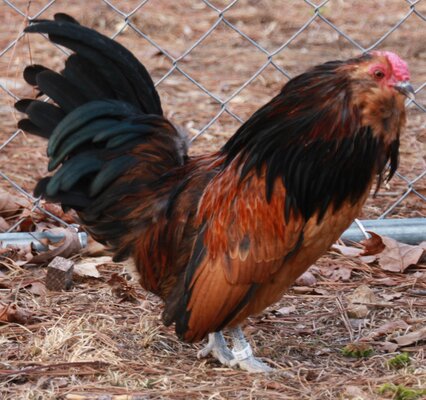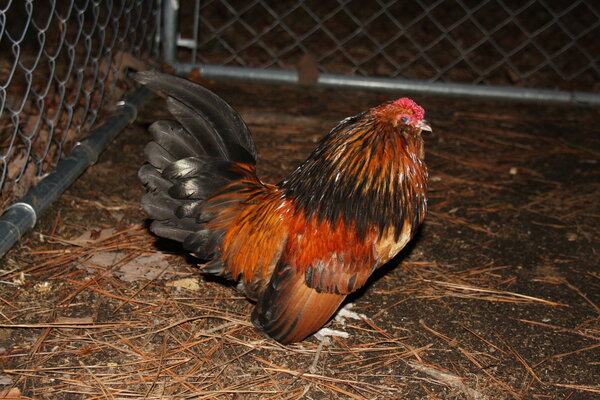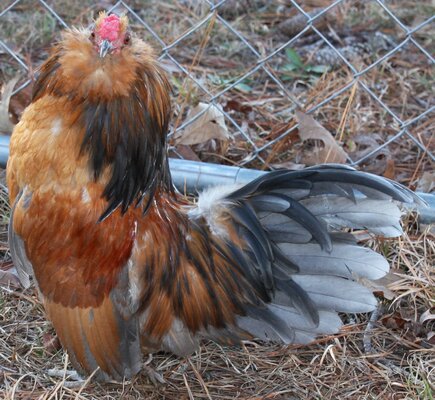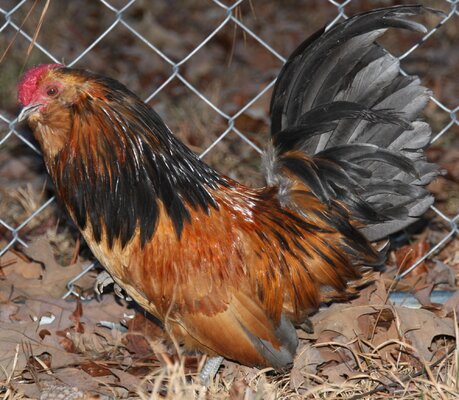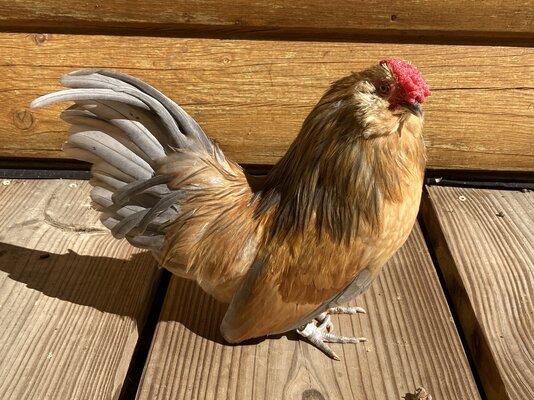- Jun 27, 2015
- 149
- 115
- 166
This is an interesting thread. A long time ago some older mille fleur breeders told me to always keep recessive white in my mille fleur lines, because it would keep the gold brighter. I dismissed it at the time but this thread is making me wonder.



